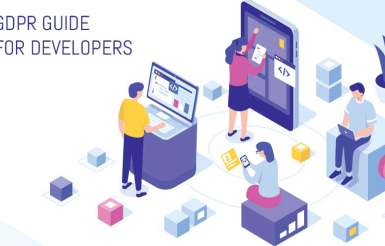Sheet n°3: Secure your development environment
11 June 2020
The security of production, development and continuous integration servers as well as developer workstations must be a priority because they centralize access to a large amount of data.
Assess your risks and adopt the appropriate security measures
- Assess the risks in the tools and processes used for your developments. Make an inventory of your existing security measures and define an action plan to improve your risk coverage. Appoint a person responsible for its implementation.
- Consider the risks on all the tools you use, including risks related to SaaS (Software as a Service) and collaborative tools in the cloud (such as Slack, Trello, GitHub, etc.).
Secure your servers and workstations in a homogeneous and reproducible way
- Lists of recommendations concerning the security of servers, workstations and internal networks are available in the sheets n° 5 to 8 of the security of personal data guide of the CNIL.
- Write a document listing those measures and explaining their configuration to ensure that security measures are implemented uniformly on servers and workstations. In order to reduce the workload, configuration management tools, such as Ansible, Puppet or Chef, can be used.
- Update servers and workstations, if possible automatically. You can set up a watchlist of the most important vulnerabilities, for example the NVD Data Feeds.
Put special emphasis on access management and traceability of operations
- Remember to document the management of your SSH keys (use of state of the art cryptography and key length algorithms, protection of private keys with a passphrase, key rotation). For examples of good practice, see the document on the secure use of (open)SSH.
- Encourage strong authentication on the services used by the development team.
- Trace access to your machines and, if possible, implement automated log analysis. In order to keep reliable traces, the use of generic accounts is to be avoided.

